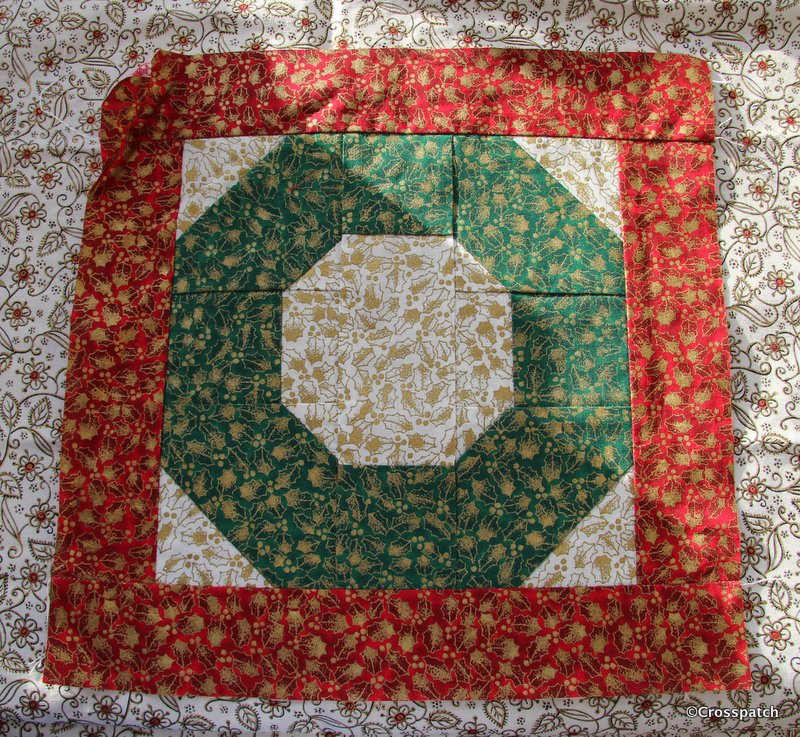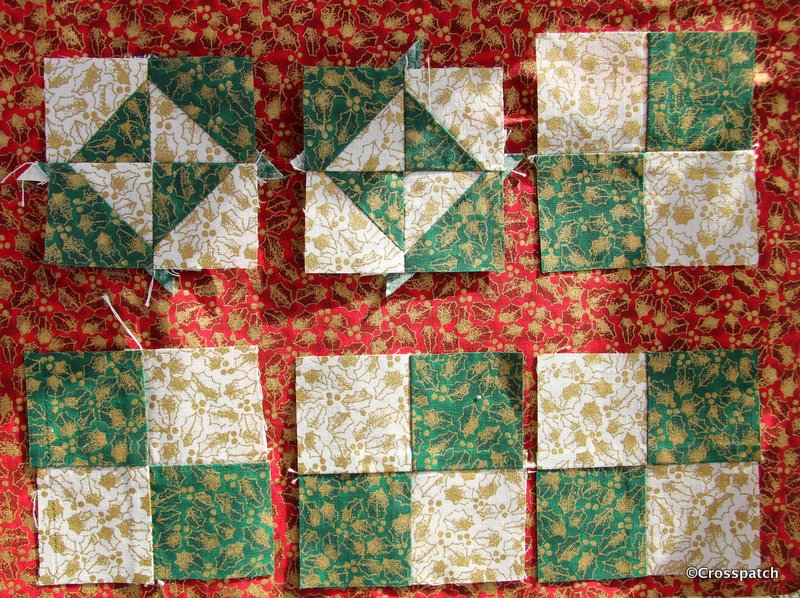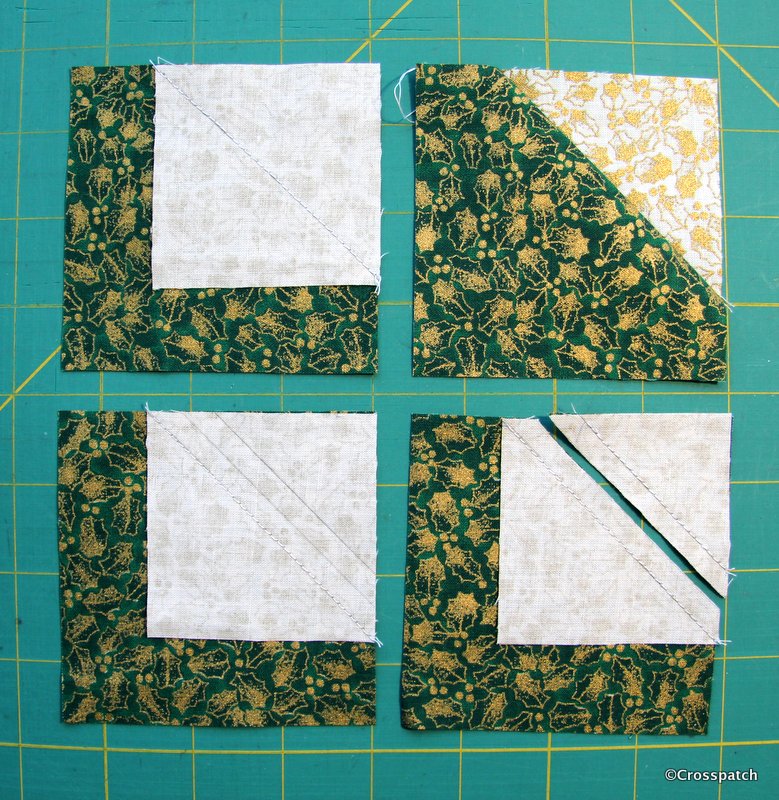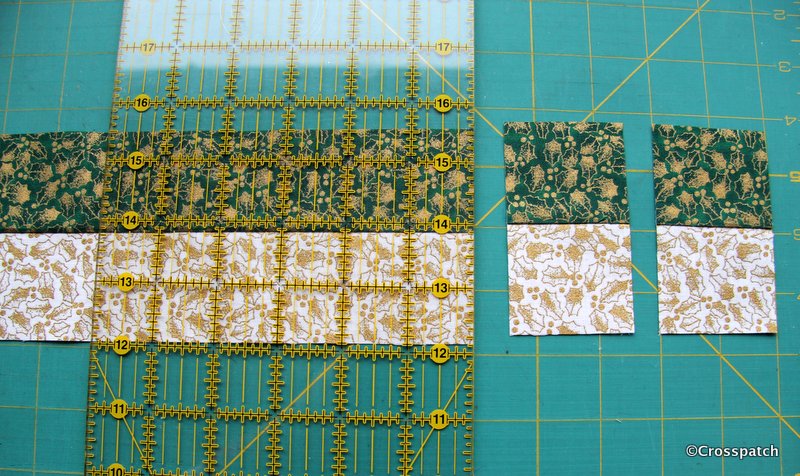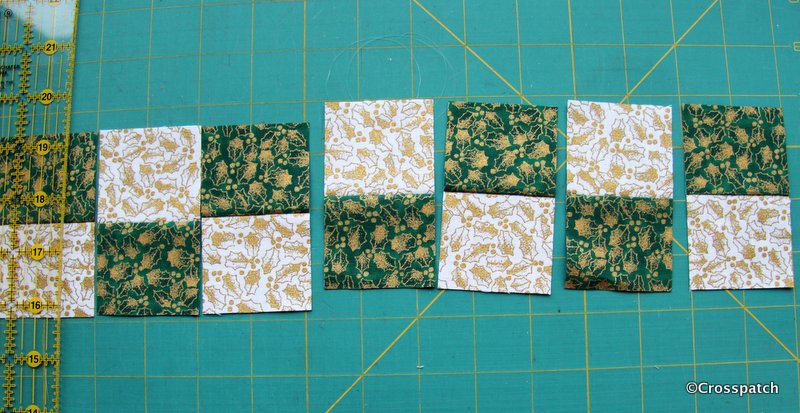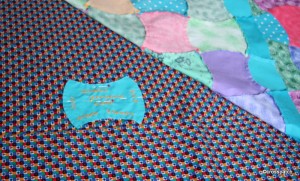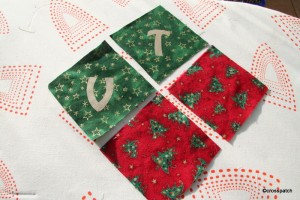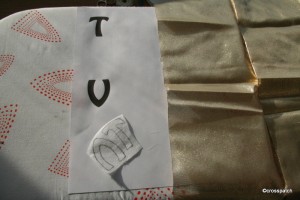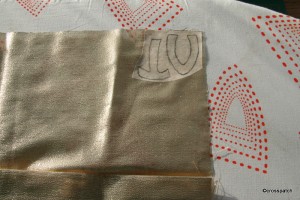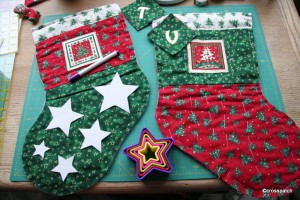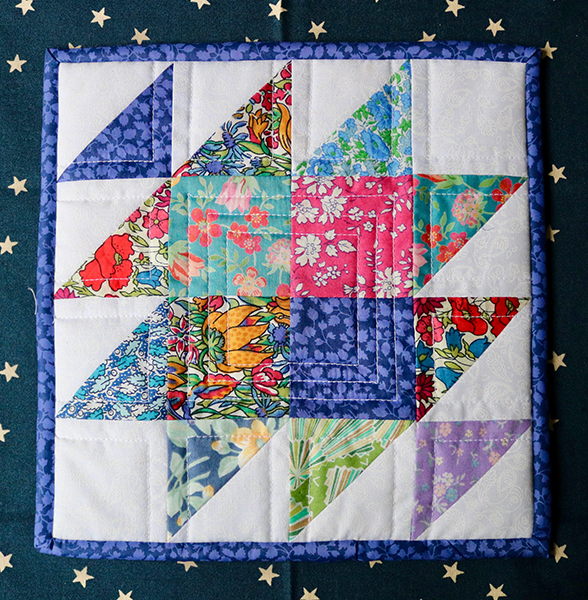
Finished the first Potholder
So what does a kind and loving daughter do when her mother confides… she has lost her pot holder? She thinks maybe it got thrown out with some newspapers which had been sitting by the kitchen door ready for recycling.
Make her a new one of course.
It took me a while to come up with a plan, I didn’t have suitable heat resistant wadding, well who does? So I needed to use a fabric which would be substantial enough to be heat resistant. Denim perhaps?
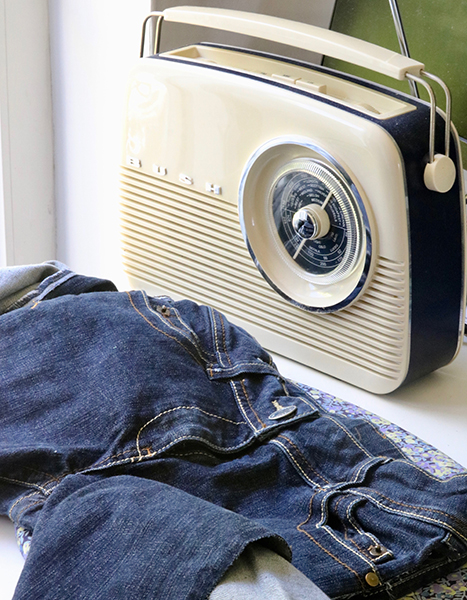
In my stash I had a pair of jeans bought for £1 in a charity shop, I’d been thinking about a floor covering made from denim, but that would need a LOT of denim. Not sure what I might do with the legs, but I will come up with something, what about a gardening apron? Hmm, I’ll need to think about that.
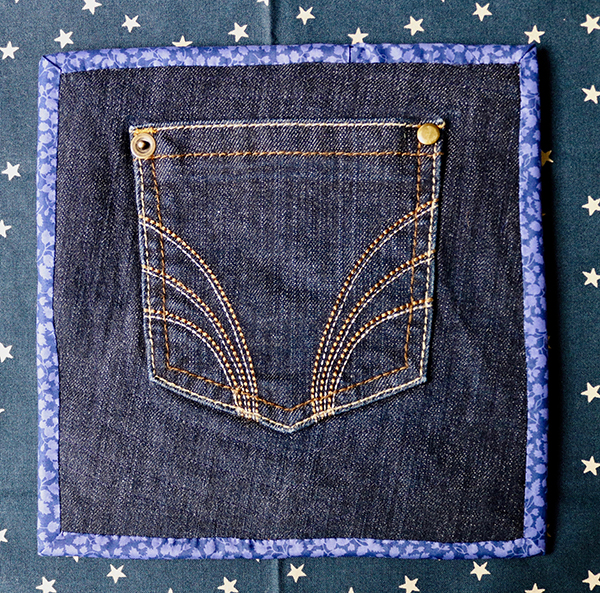
Jeans pocket not just for the decorative stitching.
For my pot holders I needed two pieces of denim about 8-9 inches square, and a pocket on each one would give me more heat resistance in the middle, or a handy way to help keep hold of the potholder. With a pair, they could be used like ovengloves.
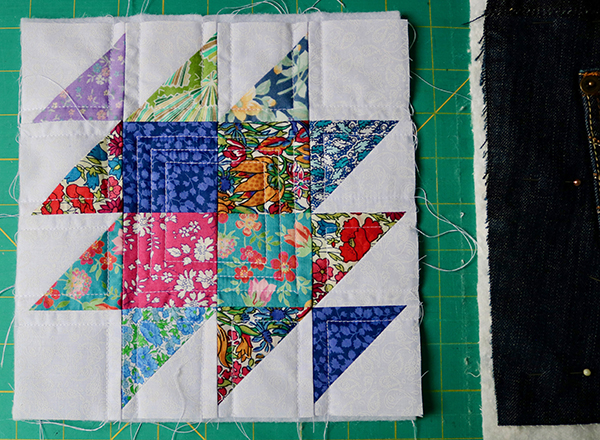
Denim on one side, fancy on the other.
Sorting through my fabrics I came across the left overs from another project, Miriam’s cushion (http://www.mycrosspatch.com/blog/2018/05/11/making-miriams-cushion/) half square triangles. Just what I needed, I’d seen a block on instagram just a few days before and saved it, now that’s what I could do with my HSTs. (https://www.instagram.com/p/CANjHUUnDnF/…)
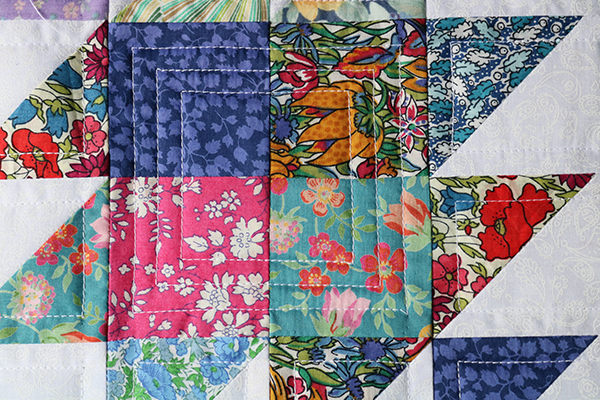
Simple quilting design
The Potholder only needed a simple quilting design to hold the layers together . I made a pair, one is handy but two is better, they aren’t exactly a pair but I’m happy with them, and so is MUM.
Maybe I could make myself a pair too, when lockdown is over, and my local charity shop reopens.


